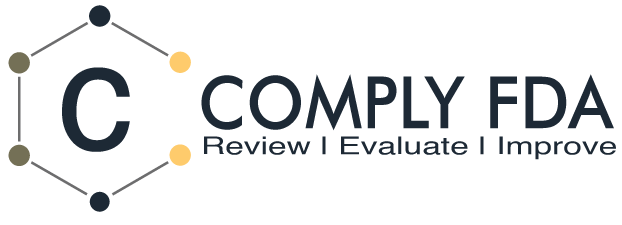Targeted Visualizations For Your Project
Visualizations, such as charts, graphs, and dashboards, offer a clear and concise way to represent complex data, enabling effective monitoring and analysis of regulatory compliance. Some key advantages of using visualizations in this context are identified below.

- Enhanced data interpretation: Visualizations make it easier to understand and interpret large volumes of data by presenting it in a visually appealing and intuitive format.
- Real-time monitoring: Visualizations can provide real-time insights into compliance metrics, enabling proactive identification of potential compliance issues.
- Trend identification: Visualizations enable the identification of long-term compliance trends, helping executives spot recurring patterns and changes over time and are useful for strategic planning, resource allocation, and risk mitigation strategies.
- Communication and collaboration: Visualizations simplify the communication of compliance-related information across teams and departments.
- Predictive analytics: Visualizations combined with advanced analytics techniques, such as machine learning, can support predictive modeling for compliance trends.
Utilizing visualizations to monitor regulatory compliance trends in the life science industry offers significant advantages, including enhanced data interpretation, real-time monitoring, trend identification, improved communication, and predictive analytics capabilities. By leveraging visual representations of compliance data, executives can make informed decisions, minimize risks, and ensure compliance with regulatory requirements.
Management review is a systematic evaluation of an organization’s performance and processes by top management to ensure the effectiveness of the quality management system. The review involves a comprehensive assessment of key performance indicators, customer feedback, regulatory compliance, and internal audits. During management review meetings, management examines the organization’s quality objectives, evaluates the suitability and effectiveness of processes, and determines necessary actions to address any non-conformities or risks
Risk analysis is an approach used in the life science industries to identify, evaluate, and manage potential risks that may impact product quality, patient safety, or regulatory compliance. It involves the identification of hazards, assessment of the likelihood and severity of those hazards, and the determination of appropriate risk control measures. Risk analysis encompasses various techniques such as failure mode and effects analysis (FMEA), hazard analysis and critical control points (HACCP), and risk assessment matrices.
Annual product review (APR) is a comprehensive evaluation conducted by life science industries to assess the quality and compliance of a product over its lifecycle. It involves a review of manufacturing, testing, packaging, labeling, and distribution records to ensure that the product continues to meet established specifications and regulatory requirements. APR aims to identify any trends or deviations, assess process and product improvements, and detect potential issues related to product quality or safety. The review also includes an evaluation of any changes made to the product or manufacturing processes.
FDA inspection readiness enables life science organizations to prepare for and successfully navigate inspections conducted by the U.S. Food and Drug Administration (FDA). Preparation for FDA inspections helps ensure compliance with applicable regulations and demonstrate a commitment to quality and patient safety. Organizations must establish robust inspection readiness programs that encompass a range of activities, such as conducting self-assessments, maintaining comprehensive documentation, implementing effective quality systems, and providing adequate training to employees. Key elements of FDA inspection readiness include thorough preparation, effective communication, and a proactive approach to addressing any potential deficiencies or findings.

